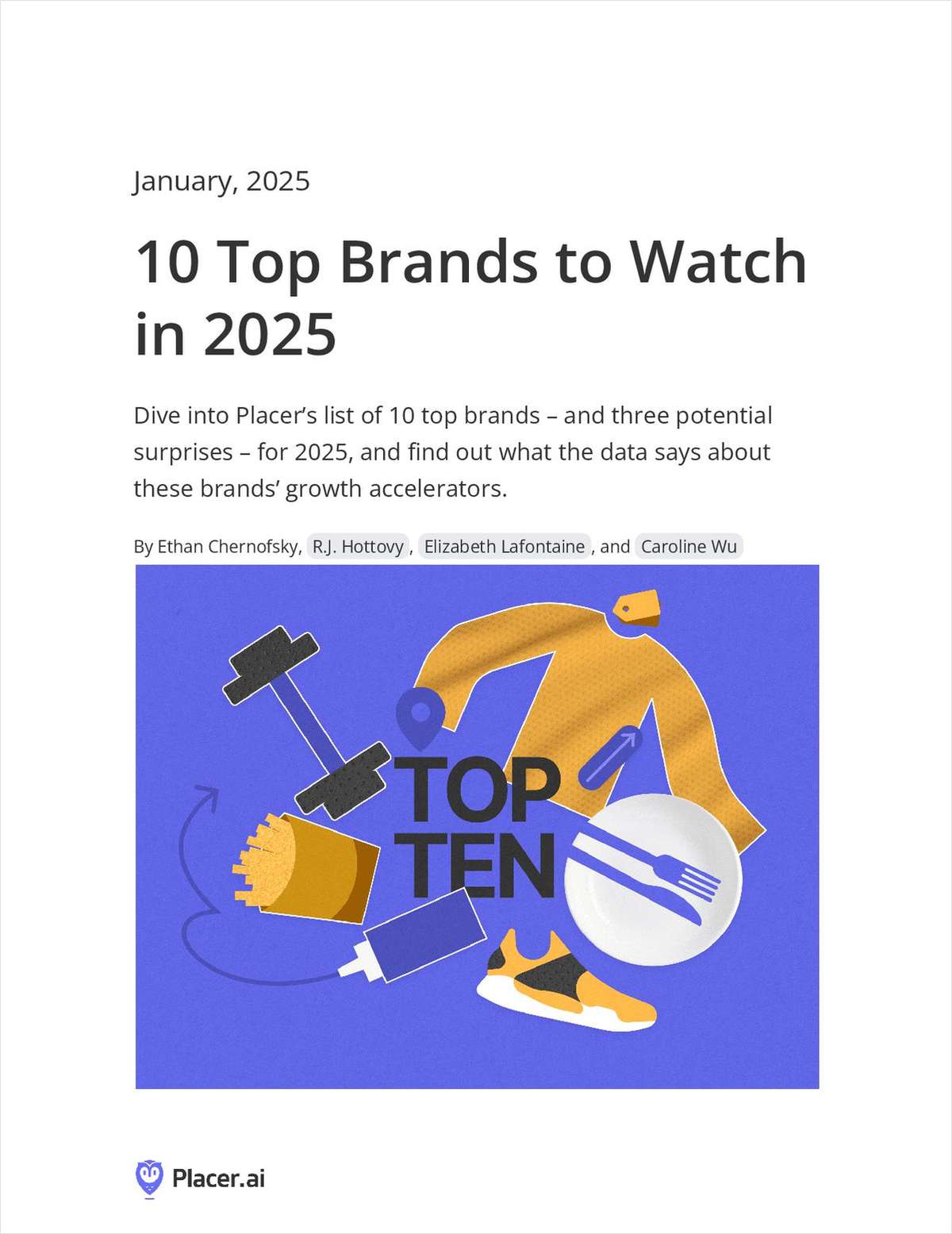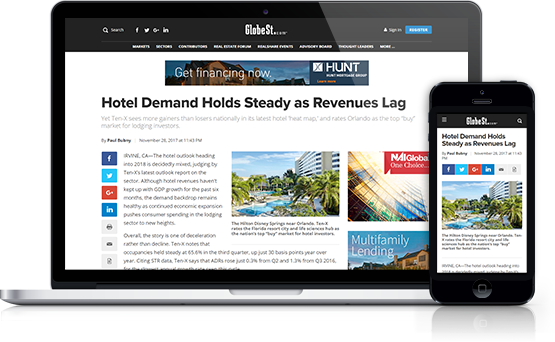PHILADELPHIA, PA—Analyzing building utility data used to be a tedious chore, beginning from the need to consolidate data from stacks of spreadsheets tracking different data separately. But now, with new technologies from companies like Goby LLC, building managers can get an immediate look at building performance across all their properties.
Goby's executive vice president, Helee Lev, will describe the company's technology during a panel entitled “How Are We Measuring, Monitoring and Creating Successes? Software and Hardware to Help Us,” at this year's Tri-State Sustainability Symposium March 6 at Temple University. The daylong conference, hosted by the Delaware Valley Green Building Council, features panels on all facets of sustainability related to corporate operations as well as development of facilities and commercial properties.
In an exclusive interview with GlobeSt.com to preview Lev's panel, Chris Happ, president and CEO of Goby, says building energy and consumption data has been balkanized for years.
“There wasn't a consistent way it was tracked and there wasn't a platform where all of it lived,” says, whose firm helps property owners get their arms around the data. “The biggest barrier to adoption is, how do you get data in there? We've built utility automation, where we can connect directly to a utility and pull your energy bill, your water bill, your waste bill, so that way we don't have to have someone physically entering it.”
Goby also has a team collecting less-automated data like invoices for cleaning supplies. After compiling all of a client's usage data, Goby can benchmark it against key standards like EnergyStar. Goby can also review purchases to suggest more sustainable alternatives.
“If we are looking at a kilowatt-hour or a gallon or whatever data piece we have, then what relevant benchmarking places would we want to send it and pull back relevant data?” he says. “We can also compare you in our database.”
Building owners will have a much deeper understanding of their energy costs with dashboard technology like Goby's, but most commercial real estate properties are behind the curve when it comes to what's called “the Internet of Things.” In the real estate industry, metering technologies up to now have not been built on open standards, so it's still too expensive to keep track of usage except on a high level.
“What we're trying to do is break down the silos so your data is in one place and you can make meaningful operational comparisons,” Happ says. “Ultimately, can you use that data to get a better financial view of that building?”
Goby is consolidating customer data at the portfolio level, with some clients monitoring up to 500 properties in a single dashboard, he says. Owners can track performance of different property managers within their portfolios. “There's a ton of power when you start looking at this stuff more collectively,” he says. “There's the whole sourcing angle, procuring more effectively. Why buy for one building when you own 50 and you can get a better price?”
Appearing with Lev on the panel are moderator Andrea Hidalgo, senior manager, commercial building practice lead, AtSite; Steve Ashkin, Founder & CEO, Sustainability Dashboard Tools and The Ashkin Group; and Annie Bevan, certification and operations manager, GreenCircle Certified, LLC.
Want to continue reading?
Become a Free ALM Digital Reader.
Once you are an ALM Digital Member, you’ll receive:
- Breaking commercial real estate news and analysis, on-site and via our newsletters and custom alerts
- Educational webcasts, white papers, and ebooks from industry thought leaders
- Critical coverage of the property casualty insurance and financial advisory markets on our other ALM sites, PropertyCasualty360 and ThinkAdvisor
Already have an account? Sign In Now
*May exclude premium content© 2025 ALM Global, LLC, All Rights Reserved. Request academic re-use from www.copyright.com. All other uses, submit a request to [email protected]. For more information visit Asset & Logo Licensing.








